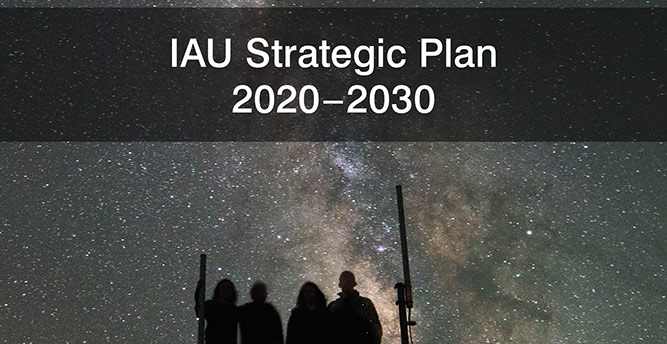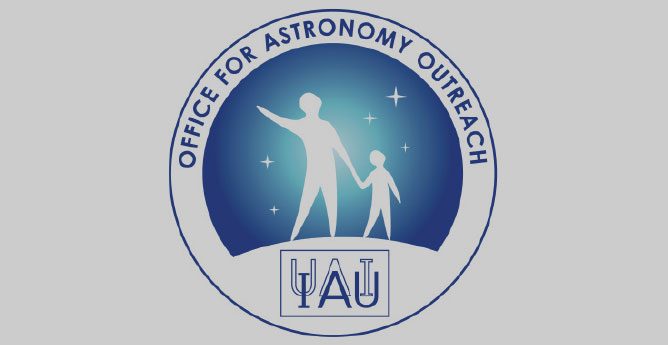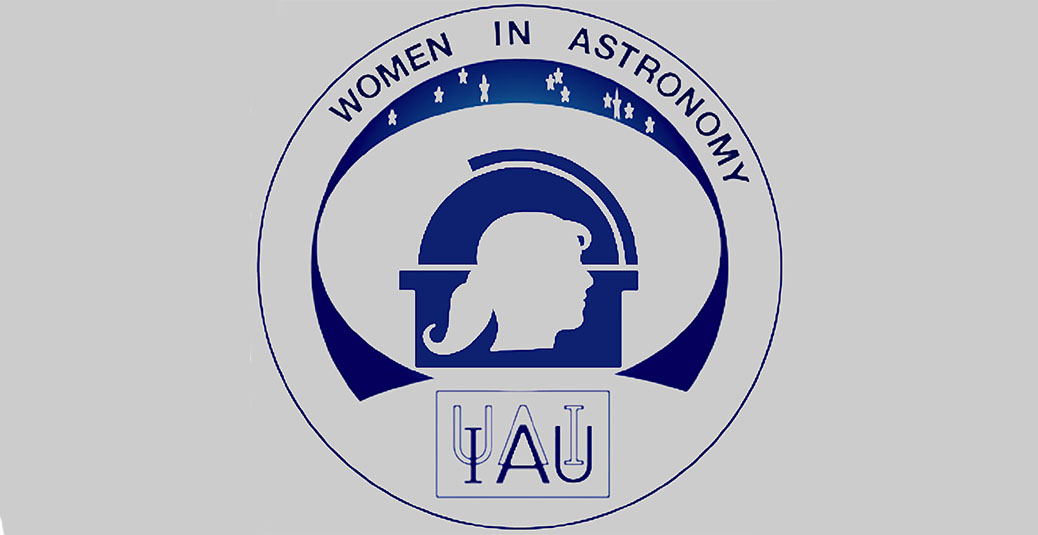- News
- Science
- Scientific Bodies
- Divisions
- Commissions
- Commission A1 Structure
- Commission A2 Structure
- Commission A3 Structure
- Commission A4 Structure
- Commission B1 Structure
- Commission B2 Structure
- Commission B3 Structure
- Commission B4 Structure
- Commission B5 Structure
- Commission B6 Structure
- Commission B7 Structure
- Commission C1 Structure
- Commission C2 Structure
- Commission C3 Structure
- Commission C4 Structure
- Commission C5 Structure
- Commission D1 Structure
- Commission E1 Structure
- Commission E2 Structure
- Commission E3 Structure
- Commission E4 Structure
- Commission F1 Structure
- Commission F2 Structure
- Commission F3 Structure
- Commission F4 Structure
- Commission G1 Structure
- Commission G2 Structure
- Commission G3 Structure
- Commission G4 Structure
- Commission G5 Structure
- Commission H1 Structure
- Commission H2 Structure
- Commission H3 Structure
- Commission H4 Structure
- Commission J1 Structure
- Commission J2 Structure
- Commission J3 Structure
- Commission X1 Structure
- Commission X2 Structure
- Past Commission Organising Committees
- Working Groups
- Centres
- Scientific Meetings
- Rules & Guidelines
- General Assemblies
- Meeting Proposals
- Future IAU Meetings
- General Assemblies
- EC Meetings
- Officers' Meetings
- Regional Meetings
- Symposia
- Focus Meetings
- Institutional Meetings
- IAU Offices Meetings
- IAU-Sponsored Meetings
- Letters of Intent submitted for 2024
- Letters of Intent submitted for 2023
- Letters of Intent submitted for 2022
- Letters of Intent submitted for 2021
- Letters of Intent submitted for 2020
- Past IAU Meetings
- Templates
- Other Meetings
- Grants & Prizes
- Scientific Bodies
- Publications
- IAU Publications
- IAU Strategic Plan
- Symposia
- WGSBN Bulletins
- Regional Meetings
- Information Bulletins/Catalyst
- E-Newsletters
- Focus Meetings
- Transactions A
- Transactions B
- Related Publications
- GA Newspapers
- CAPjournal
- IAU Books
- Brochures
- IAU Offices
- WG Reports
- Commission Reports
- Division Reports
- Past IAU Publications
- Rules, Guidelines and Instructions for Proceedings
- Publishers
- IAU Publications
- Administration
- About the IAU
- Statutes & Rules
- IAU Policies
- IAU Executive Bodies
- IAU Secretariat
- Resolutions
- Members Administration
- Administrative Dates & Deadlines
- International Organisations Relations
- Donate to the IAU
- Training in Astronomy
- Astronomy for Education
- Astronomy for Development
- Astronomy for the Public
- Office for Astronomy Outreach
- FAQ
- Themes
- Satellite Constellations
- Astronomy in Everyday Life
- How to Report a Discovery
- Careers in Astronomy
- Defining our Place in the Cosmos
- The Constellations
- Light Pollution
- Measuring the Universe
- Near Earth Objects
- How to Participate in Astronomy Research
- Naming of Astronomical Objects
- Naming of Exoplanets
- Buying Star Names
- Naming Stars
- Pluto and the Solar System
- IAU Member Statistics
- Our Moon: the Moon
- Meteors & Meteorites: The IAU Definitions of Meteor Terms
- UNESCO-IAU Portal to the Heritage of Astronomy
- Social Media
- Past Events
- Call for Online Resources
- Astronomy@Home Awards
- Contact
IAU Focus Meetings (GA)
FM 16: Stellar Behemoths - Red Supergiants across the local Universe
Start date/time
August 3, 2015
End date/time
August 5, 2015
Place
Honolulu,
United States
Contact
Ben Davies
b.davies@ljmu.ac.uk
Coordinating Division
Division G Stars and Stellar Physics
Other Divisions:
H, J
Co-Chairs of SOC:
Rolf-Peter Kudritzki (University of Hawaii)
Topics
- The evolution of massive stars
- The physics of cool stellar atmospheres, and quantitative spectroscopy
- Spatially resolved observations of cool stars
- Simulations and observations of stellar convection
- Mass-loss processes in cool stars
- The progenitors of supernovae
Rationale
Astrophysical context
Red Supergiants (RSGs) are an evolved state of stars with masses greater than 8Msun. They are the largest stars known, with radii up to 1000x larger than the Sun. The majority of single massive stars will spend their entire post main-sequence life in the RSG phase, exploding as hydrogen-rich supernovae (SNe) around 1Myr after leaving the main-sequence (e.g. Ekstrom et al. 2012). The mass-loss rates of these stars rival those of any other class of massive star (up to 1e-4 Msun/yr, e.g. Decin et al. 2006), with the mass ejected in the RSG phase dwarfing that lost during the entire main sequence.
Their extremely high luminosities peak in the near-infrared, allowing them to be detected at distances of over 10Mpc and through many magnitudes of optical extinction. This makes them powerful tools with which to study their host galaxies' structure, chemical evolution and star-formation rate (including the Milky Way; Cunha et al. 2007; Davies et al. 2009a,2010). They are also bright enough to have been identified as direct progenitors of distant supernovae (Maund et al. 2005), with current sample sizes now large enough such that statistical conclusions about the fate of massive stars can be drawn (Smartt et al. 2009).
Despite their significance in the massive star life-cycle, they are arguably the least well-understood class of massive stars, with even basic properties such as their temperatures still being hotly debated (Davies et al. 2013). This is largely due to historical reasons: massive star research has tended to focus on hot stars, such as O stars and Wolf-Rayets. However, the analysis and modelling of RSGs requires very different expertise, such as the treatment of convection and molecular opacities. These tools have been developed primarily by the low-mass star community for studying objects such as Solar-type stars and red giants. It is only very recently, when the importance and diagnostic potential of RSGs has been widely recognised, that the two communities have begun to work together, arguably only really beginning with the meeting “Hot and Cool: Bridging Gaps in Massive Stellar Evolution” (ASP Conf. Ser. Vol 425, 2010).
Recent progress and prospects
The next 12 months sees the commissioning of brand-new instrumentation and facilities which will provide new windows into the nature of RSGs. Multi-object spectrographs such as MOSFIRE and KMOS will for the first time permit quantitative spectroscopy of large samples of RSGs in external galaxies. Meanwhile, ALMA will provide the first detailed observations of RSG gas-phase mass-loss beyond the Solar neighbourhood by measuring molecular emission lines in their winds. Infrared long-baseline interferometry of RSGs is already a well-developed field of its own, enabling us to not only detect inhomogeneous structures in the atmosphere and surface of RSGs but also spatially resolve the gas dynamics in the atmosphere - just as in Solar physics (e.g. Ohnaka et al. 2013).
In parallel, considerable effort is being put into developing models of the dynamic atmospheres of these stars. Hydrodynamical simulations of convection in RSGs now allow us to study 3-D effects on their emergent spectra (Chiavassa et al. 2011), while corrections to the strengths of spectral lines due to non-LTE effects are beginning to be included, vital for the use of RSGs as abundance tracers (Bergemann et al. 2013).
Moving forward, RSGs will be the brightest (and hence most distant) stars detected by GAIA, and will therefore provide the deepest tracers of the Milky Way’s structure and chemical evolution. A detailed understanding of these stars is essential to maximize the potential of this revolutionary mission.
The proposed meeting
At the 2015 IAU-GA we aim to bring together the leading researchers in the fields of massive stars, cool stars, and supernovae, to discuss the latest observational and theoretical advances, and to encourage and stimulate further cross-disciplinary collaboration. The fruition of the various technical and theoretical projects described here, the impending launch of GAIA, and the 7 years since the last similar meeting (“Hot and Cool” in Pasadena, 2008) make such a meeting timely.
We have identified 6 key themes covering the physics of these stars, their evolutionary connections to other massive stars and supernovae, and their use as probes of other areas of astrophysics. Each of these themes will have a session assigned to them, discussed in greater detail in the next Section. Attributing roughly 0.5 days to each session, we propose a focus meeting lasting 3 days.

















